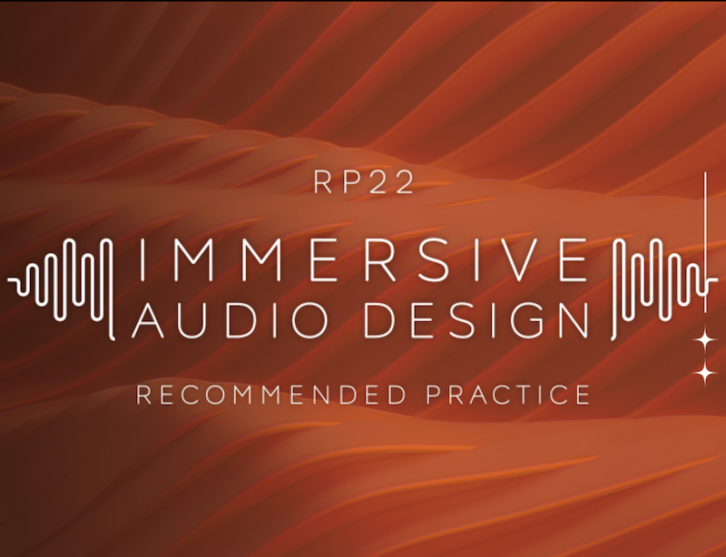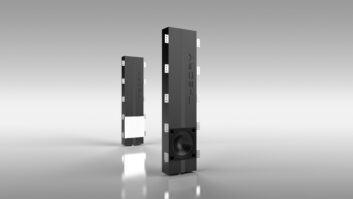 Recently, CEDIA and the Consumer Technology Association (CTA) jointly unveiled the RP22 Immersive Audio Guidelines. These guidelines are a new paradigm for immersive audio and system performance, benefiting consumers, integrators, and manufacturers alike. Here are five ways the new recommended practice will transform immersive audio system design, performance, and impact.
Recently, CEDIA and the Consumer Technology Association (CTA) jointly unveiled the RP22 Immersive Audio Guidelines. These guidelines are a new paradigm for immersive audio and system performance, benefiting consumers, integrators, and manufacturers alike. Here are five ways the new recommended practice will transform immersive audio system design, performance, and impact.
Clear Communication Around Audio Performance
The RP22 Immersive Audio Recommended Practice document provides an objective, shared vocabulary for defining and measuring audio system performance. Integrators can now communicate deliverable audio system capabilities to consumers, clearly describing system performance instead of vague suggestions of what they can expect from their audio systems investments. These crystal-clear expectations can also prevent cost-undercutting by competitors who may promise a “great experience” but deliver lower-quality systems.
Scalable, High-Performance Design
RP22 sets performance criteria with scalability in mind. Integrators can use these guidelines to design immersive audio system installations for various project sizes, budgets and demands without compromising performance. This scalability ensures that audio systems are personalized to clients and deliver satisfactory results, regardless of room sizes and configurations.
Enhanced Home Theater Experience

While visual elements like high-definition displays are vital for creating an immersive home theater experience, audio plays an equally critical role. Immersive audio invites viewers into the scene, suspending belief and making them feel part of the action. RP22 complements the visual aspect of home entertainment by raising the bar for audio quality and performance. It ensures that home theater experiences are truly captivating.
Eliminating Common Mistakes
In addition to creating top-tier experiences, RP22 also aims to eliminate common mistakes in audio system design – including excessive seating for the space, poor sound distribution across all seats, seats too close to walls, over-damped rooms, insufficient subwoofer coverage, vocal unintelligibility across the seating area, and more. RP22 shifts the focus away from project constraints like space and budget to deliver strong performance within the restraints, ensuring quality is top-of-mind.
Rivaling Commercial Cinema Standards
By adhering to RP22 guidelines and using appropriate equipment and configurations, integrators can deliver immersive audio systems that rival the performance of commercial cinemas. RP22 defines four different performance levels, and systems designed to meet Level 3 or Level 4 criteria will not only meet but often exceed commercial cinema standards. It’s important to note that achieving these criteria is about design – picking the right equipment for the space and level. It’s not about expensive gear but rather the right gear to help get the job done properly. The process requires system design, calibration expertise, and often, in the case of levels 3 and 4, working with the interior designers and architects to ensure that the built environment will support the performance level guiding the system’s design.
CEDIA has made RP22 accessible to everyone, including consumers, as a free resource. Anyone interested in learning more about immersive audio guidelines can access the RP22 document through the CEDIA website. With accessible resources and education, RP22 empowers integrators and consumers to create audio setups that maximize home entertainment enjoyment.
About the Author
Walt Zerbe’s work experience spans over three decades and he is currently the Senior Director of Technology & Standards at CEDIA. Prior to that, he held various roles at different companies including the Consumer Technology Association (CTA), Legrand – NUVO & OnQ, Russound, On-Q/Legrand, Comprehensive Electronic Systems, Omni Interactive Systems, Associated Sound Services, and Baltimore Convention Center.













